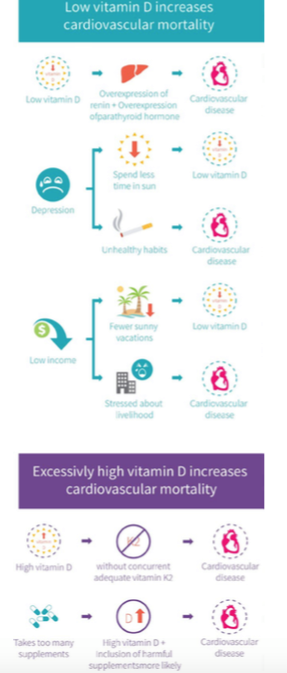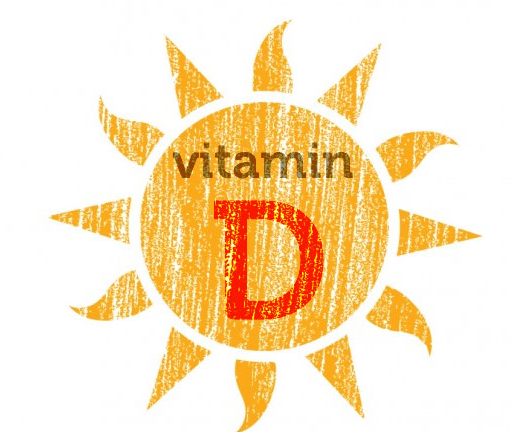Vitamin D

VITAMIN D is complicated. While its primary role within the body relates to maintaining calcium balance, its reach is vast and affects nearly every tissue in the body. Our understanding of vitamin D’s role outside of skeletal health has evolved tremendously over the last decade and continues to grow. Countless associations between vitamin D status and various disease states have been observed, but intrinsic design flaws (some of which can be avoided through careful study design) of supplementation studies hinder our discovery of a causal relationship, if it exists.
Cardiovascular disease is an exception, and both observational and clinical evidence supports vitamin D deficiency contributing to cardiovascular dysfunction primarily through effects on vasculature and blood pressure regulation. However, evidence on higher levels of vitamin D status is sparse, with observational studies providing mixed results on its association with health. Thus, it appears prudent to ensure vitamin D levels of 30-40 ng/mL, which can be achieved with about 1,000-2,000 IU of vitamin D3 DAILY.
**Some notable food sources include cod liver oil (400-1000 IU/teaspoon), fatty fish (100-600 IU/3.5 oz.), and egg yolks (20 IU/yolk). Fungi synthesize vitamin D upon sunlight exposure and also provide a dietary source of vitamin D2 (100 IU/3.5 oz.). In comparison, a sunbathing adult wearing a bathing suit produces the dietary equivalent of 10,000 to 25,000 IU
when exposed to one minimal erythemal dose of UV radiation (a slight pinkness to the skin 24 hours after exposure)
– Examine Issue 7
References:
– http://www.ncbi.nlm.nih.gov/pmc/articles/PMC3897598/pdf/de-5-51.pdf
– http://ajcn.nutrition.org/content/85/1/6.full.pdf+html
– http://press.endocrine.org/doi/pdf/10.1210/jc.2011-0385

